When a spaceship lands on the moon, it is hailed as a new accomplishment, before it becomes clear that a Victorian party completed the journey in 1899, leading investigators to that mission's last survivor.
First Men in the Moon (1964) Online
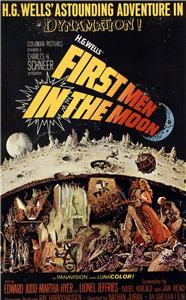
Based on the HG Wells story. The world is delighted when a space craft containing a crew made up of the world's astronauts lands on the moon, they think for the first time. But the delight turns to shock when the astronauts discover an old British flag and a document declaring that the moon is taken for Queen Victoria proving that the astronauts were not the first men on the moon. On Earth, an investigation team finds the last of the Victorian crew - a now aged Arnold Bedford and he tells them the story of how he and his girlfriend, Katherine Callender, meet up with an inventor, Joseph Cavor, in 1899. Cavor has invented Cavorite, a paste that will allow anything to deflect gravity and he created a sphere that will actually take them to the moon. Taking Arnold and accidentally taking Katherine they fly to the moon where, to their total amazement, they discover a bee-like insect population who take an unhealthy interest in their Earthly visitors...
| Complete credited cast: | |||
| Edward Judd | - | Arnold Bedford | |
| Martha Hyer | - | Kate Callender | |
| Lionel Jeffries | - | Prof. Joseph Cavor | |
| Miles Malleson | - | Dymchurch Registrar | |
| Norman Bird | - | Stuart | |
| Gladys Henson | - | Nursing Home Matron | |
| Hugh McDermott | - | Richard Challis | |
| Betty McDowall | - | Margaret Hoy |
This is the only one of Ray Harryhausen's films to be shot in anamorphic widescreen (2.35:1) due to the difficulty of compositing images in his Dynamation Process. Many of the models had to be sculpted in the "squeezed" dimensions so that when they were photographed with a spherical lens, they would appear in their normal shape in projection.
In the book, the large monster which the Selenites hunt is called a Mooncalf. This is an old English term for idiot, since it was believed that being out under a full moon could cause madness (think also "lunatic"), but is also a clever pun on H.G. Wells' part, as the Selenites also hunt this beast like cattle, the young of which is called a calf.
The original H.G. Wells book has an atmosphere on the moon, so the characters required no space suit of any type, making the diving suits worn by the characters an addition of the filmmakers. However, Wells' speculation of a Lunar atmosphere could have been proved wrong in his own time by the fact that it would be visible as a haze around the limbs of the moon's disk.
The character of Katherine Callender does not appear in the original H.G. Wells book. Her being from Boston is possibly an allusion to the Jules Verne Moon stories, where the lunar exploration society was based in that city.
Last film of Paul Carpenter.
William Rushton was originally supposed to play the bailiff's man in the film, but he was taken ill on the morning he was due to do his one brief scene. Peter Finch, who was working on an adjoining soundstage on The Pumpkin Eater (1964), replaced him at the last minute.
The Russian spoken by the astronauts at the film's beginning is in fact Czech.
Composer Bernard Herrmann, who created the music scores for Charles H. Schneer and Ray Harryhausen's previous four films, was originally considered to compose the music score for this film, but he asked for a bigger salary, and because Schneer and Harryhausen's films were low-budget, they, unfortunately, could not meet his price, therefore, Laurie Johnson was chosen instead.
The astronauts in the modern section were dubbed by Robert Rietty, Tim Turner and Ray Barrett.
Professor Cavor calls out "SOS" when he becomes stuck between the rocks on the moon's surface. However, SOS did not come into use until 1905, six years later.
It is unknown who did the voices for the moon alien leaders.
Based on the time frames of the story and Edward Judd's age, Arnold Bedford would be 97 years old in the 1964 scenes.
Cavor, around 1h25m, says that the eclipse of the moon is "on the 12th [of May 1899]". Actually, there was no such eclipse in that month, nor even a requisite full moon on or near that date. There was, however, a total eclipse of the moon in the following month, on 23 June 1899.
Dymchurch Town Hall near the beginning is actually Chertsey Town Hall in Surrey.
Peter Finch: appears briefly in the uncredited role of the bailiff's man, around 0:43:43. He was reputedly only visiting the set when the original actor assigned to play the part failed to show up.

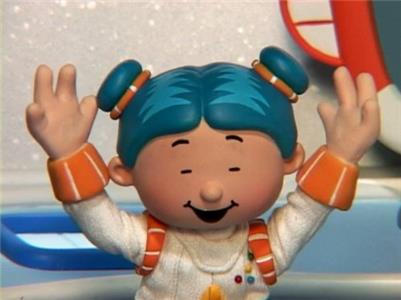
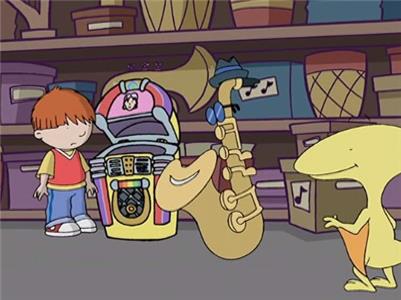


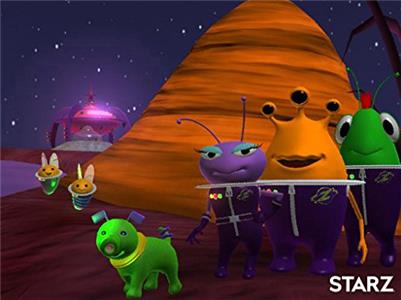
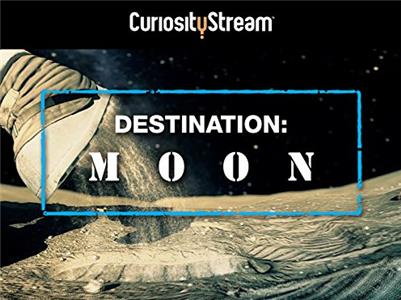
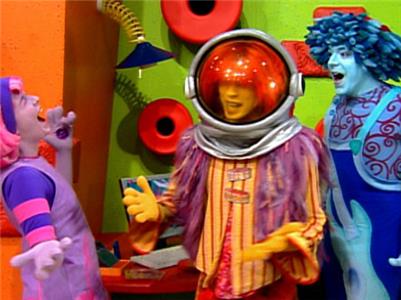
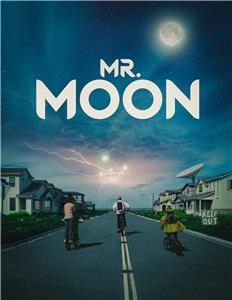
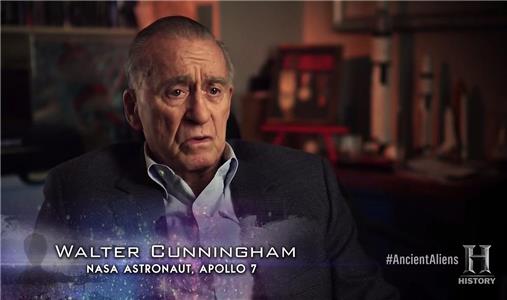
User reviews